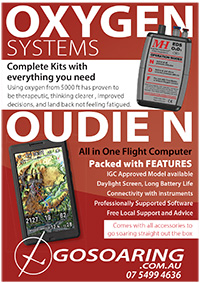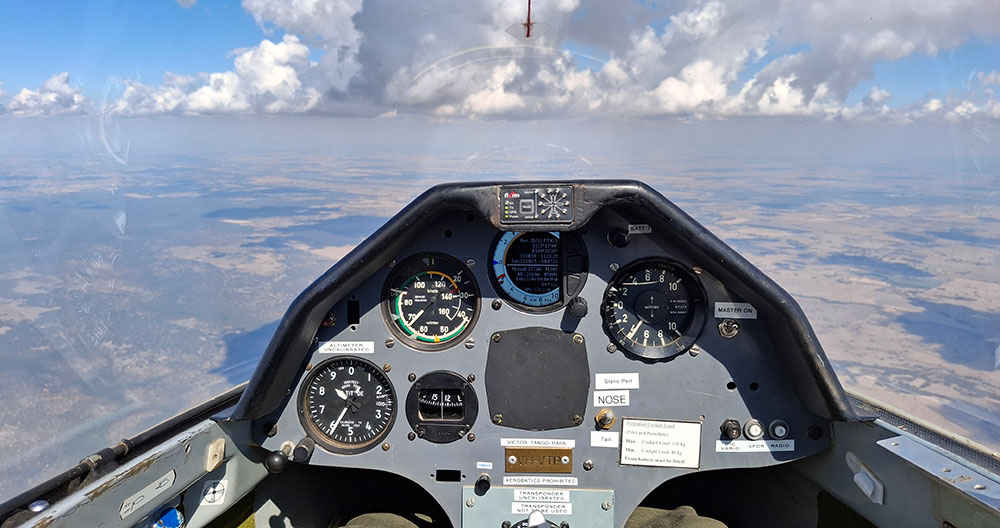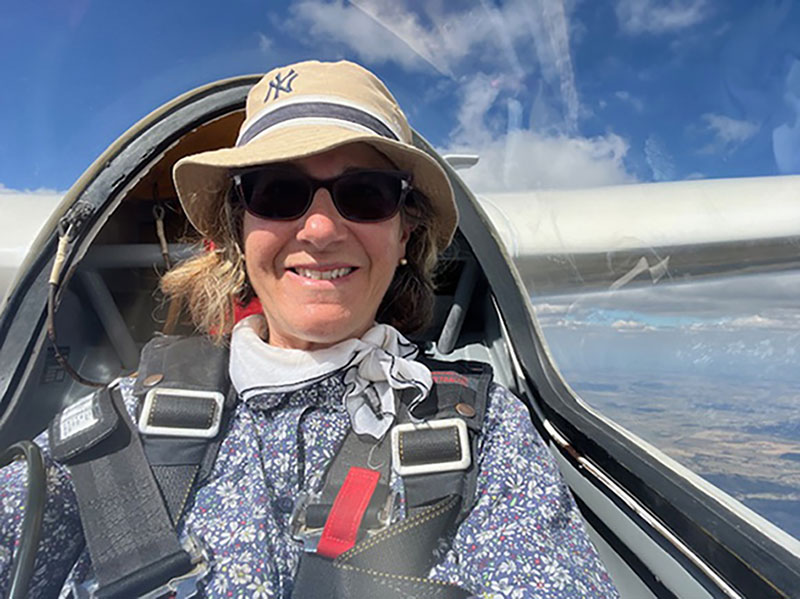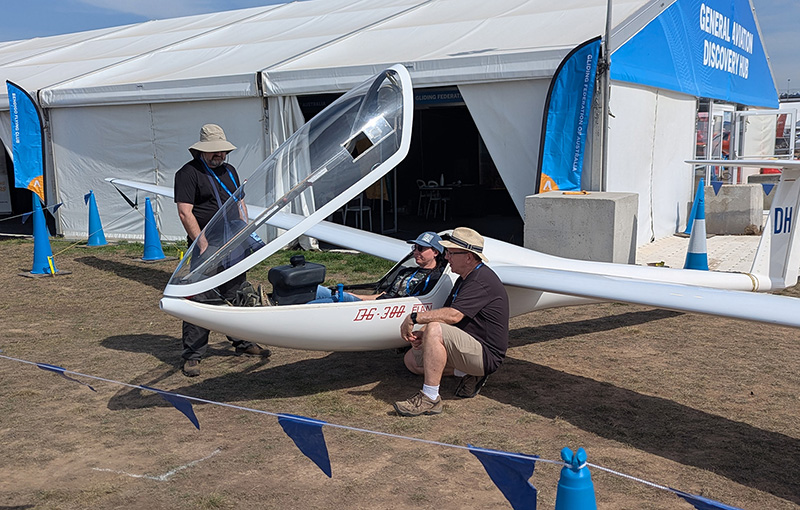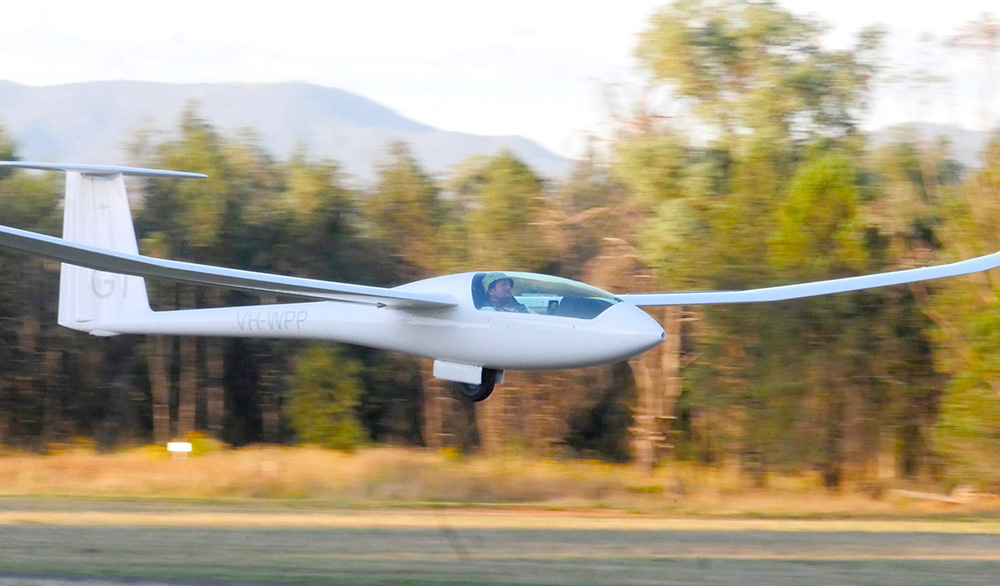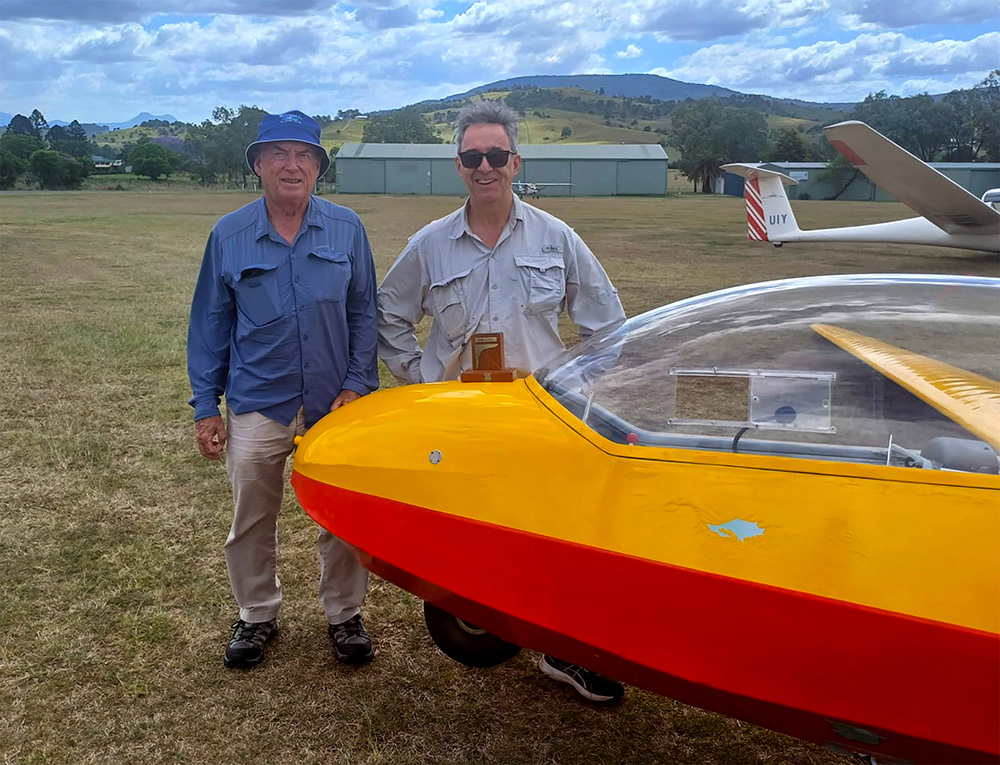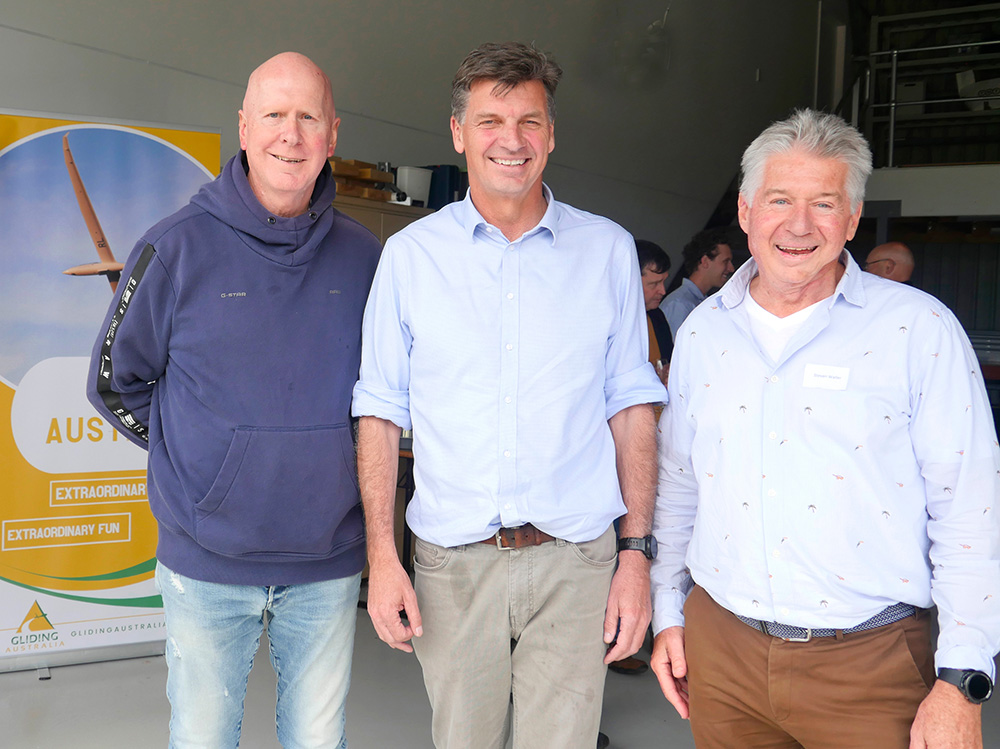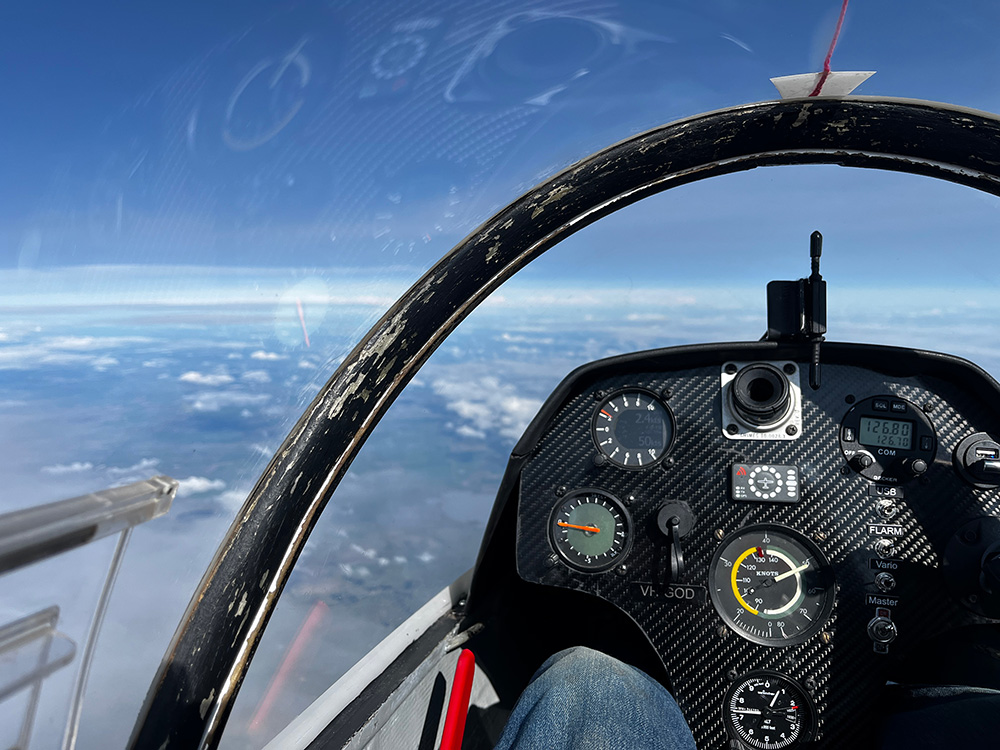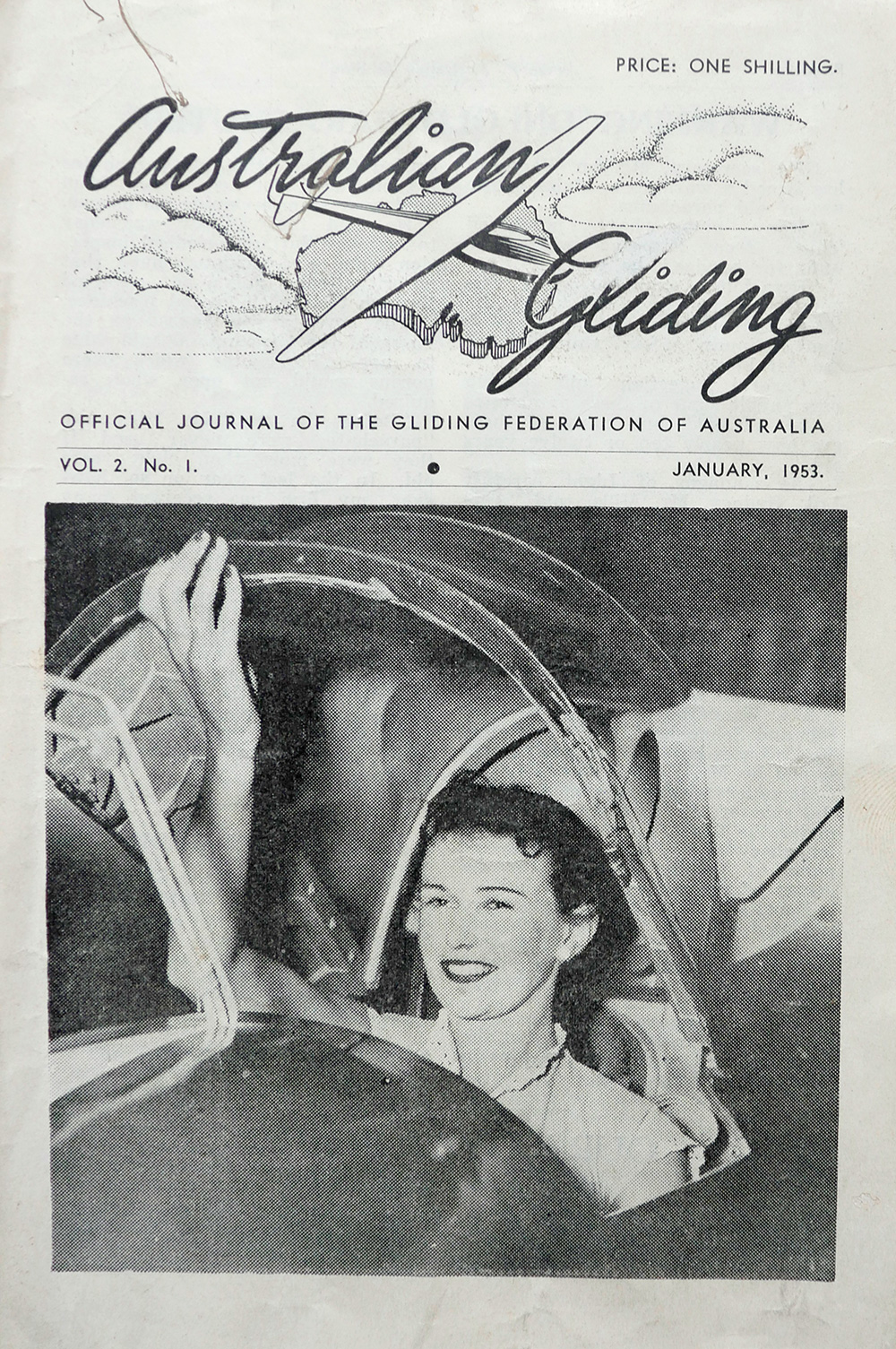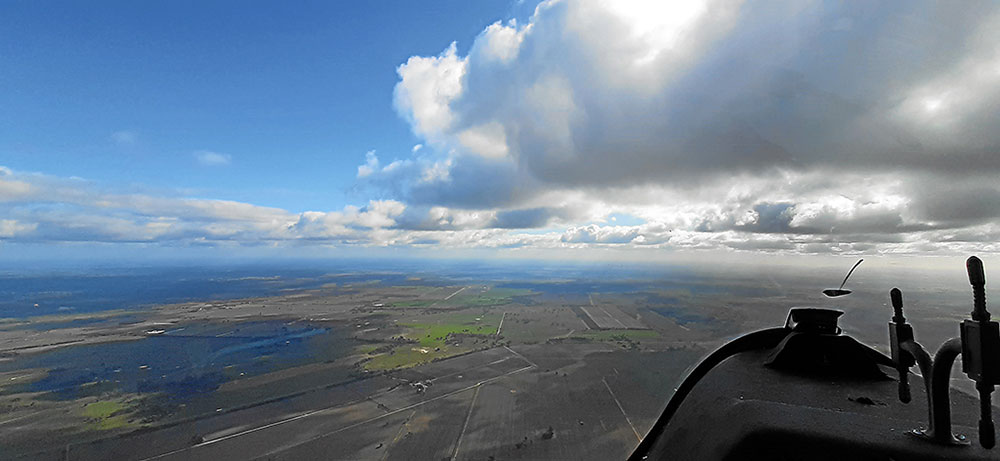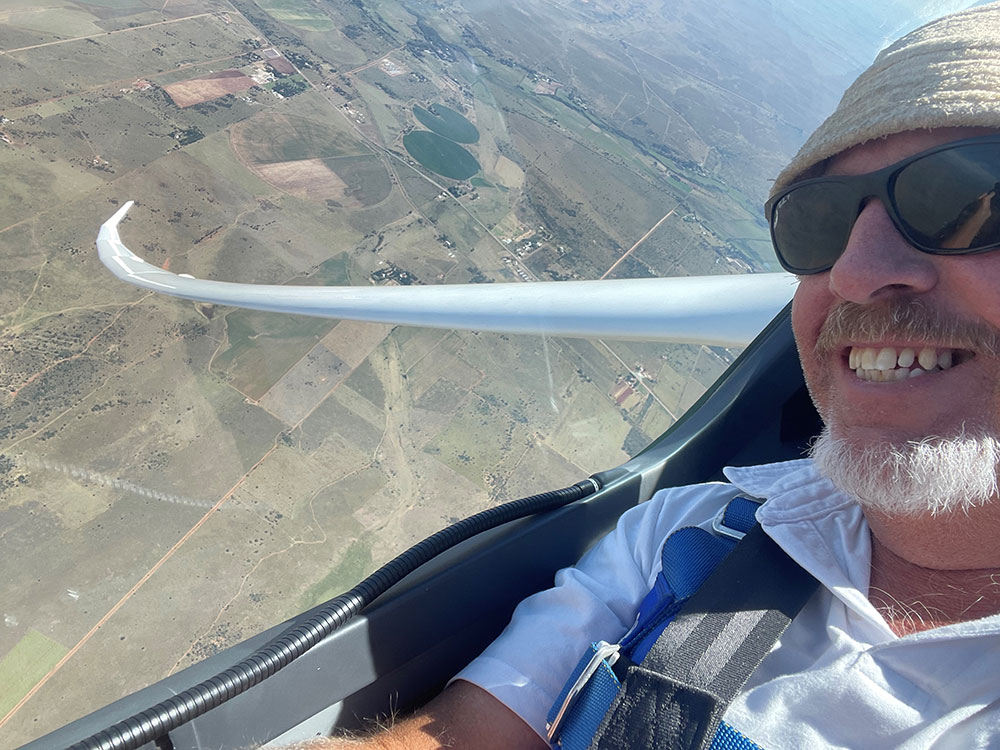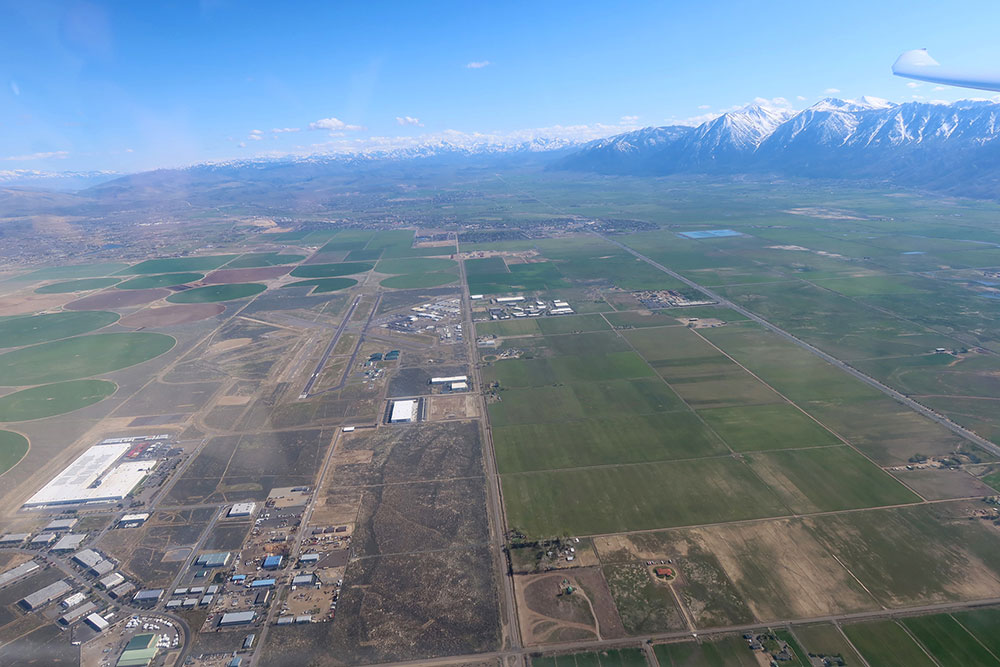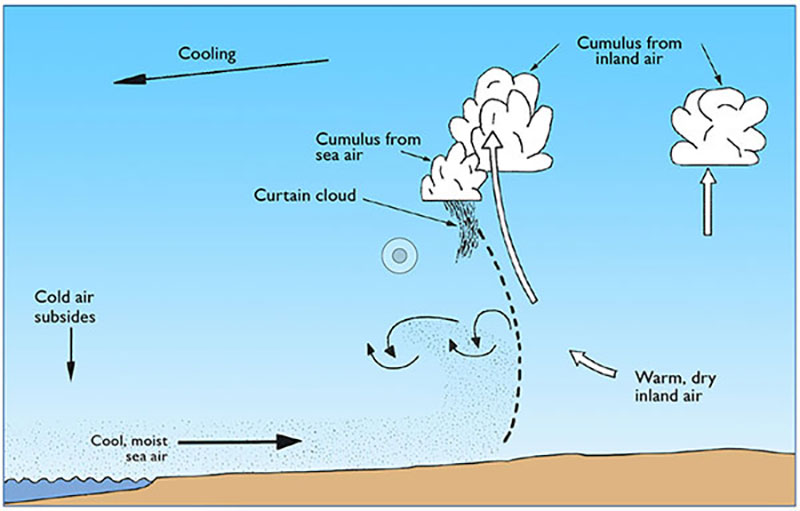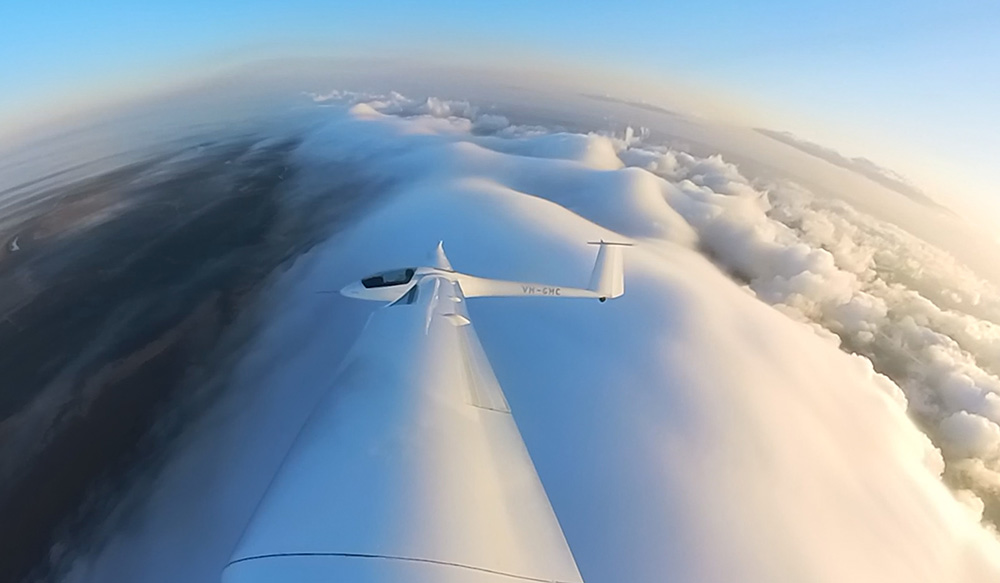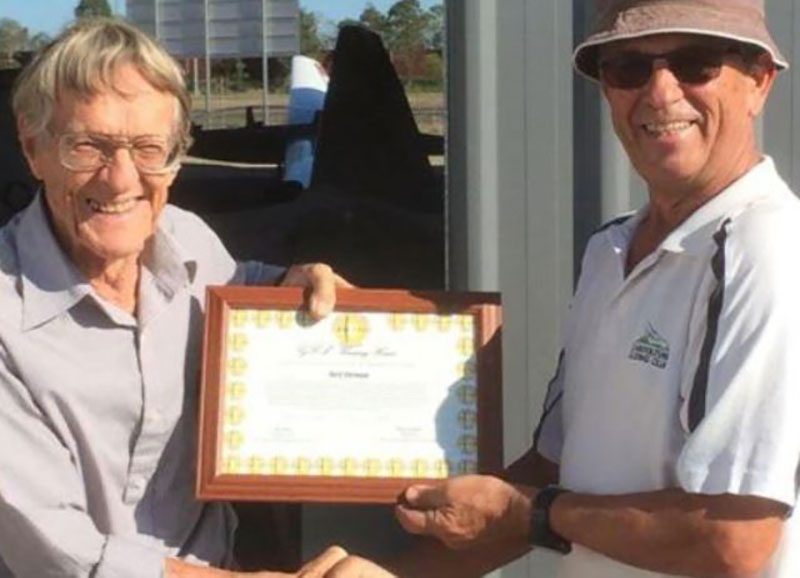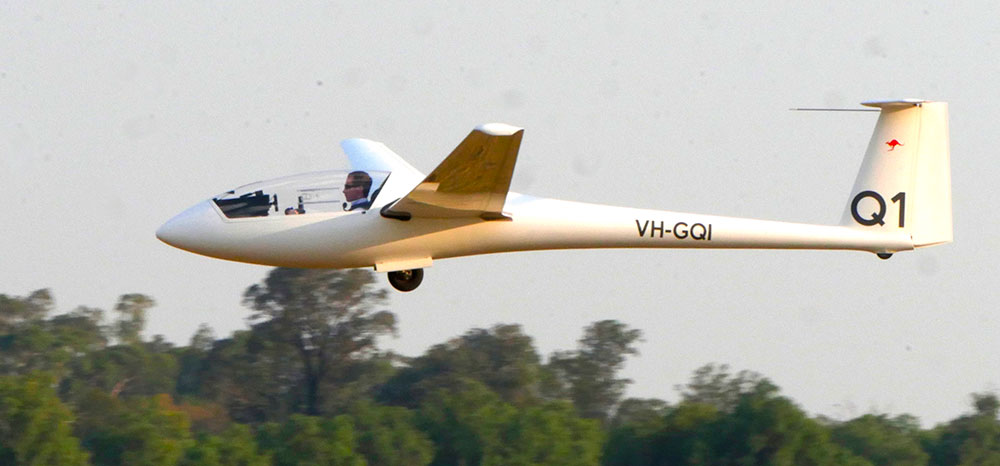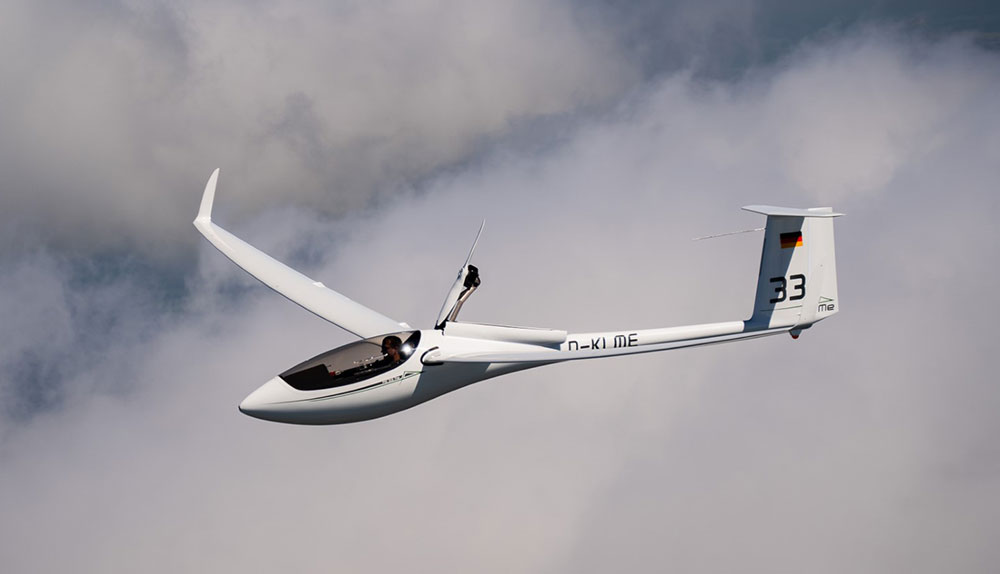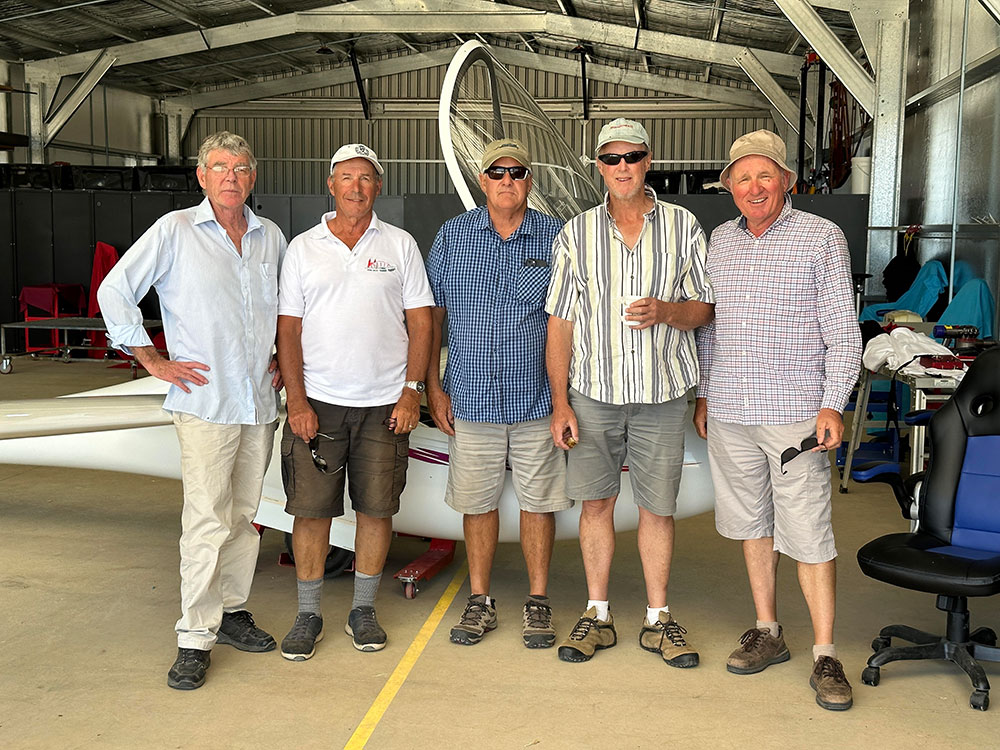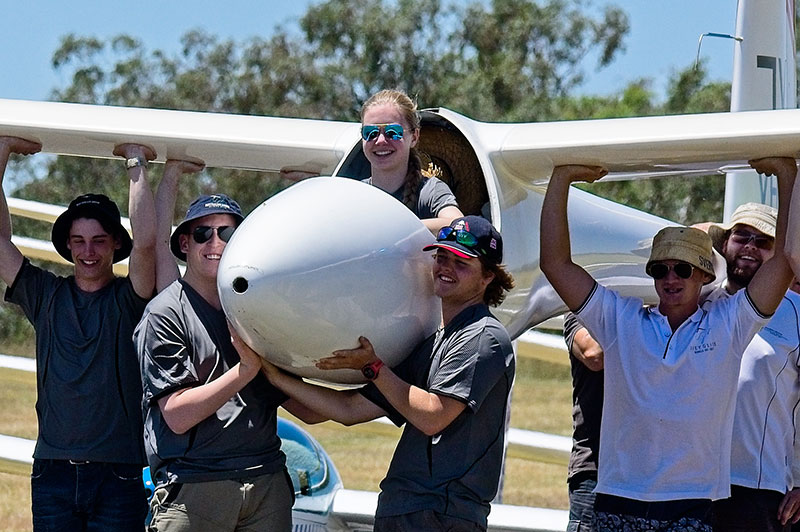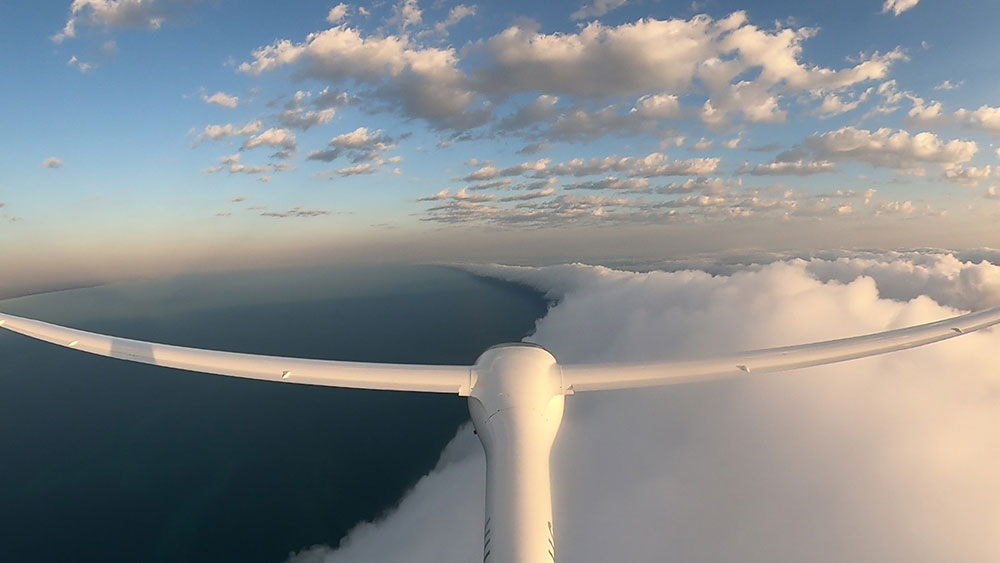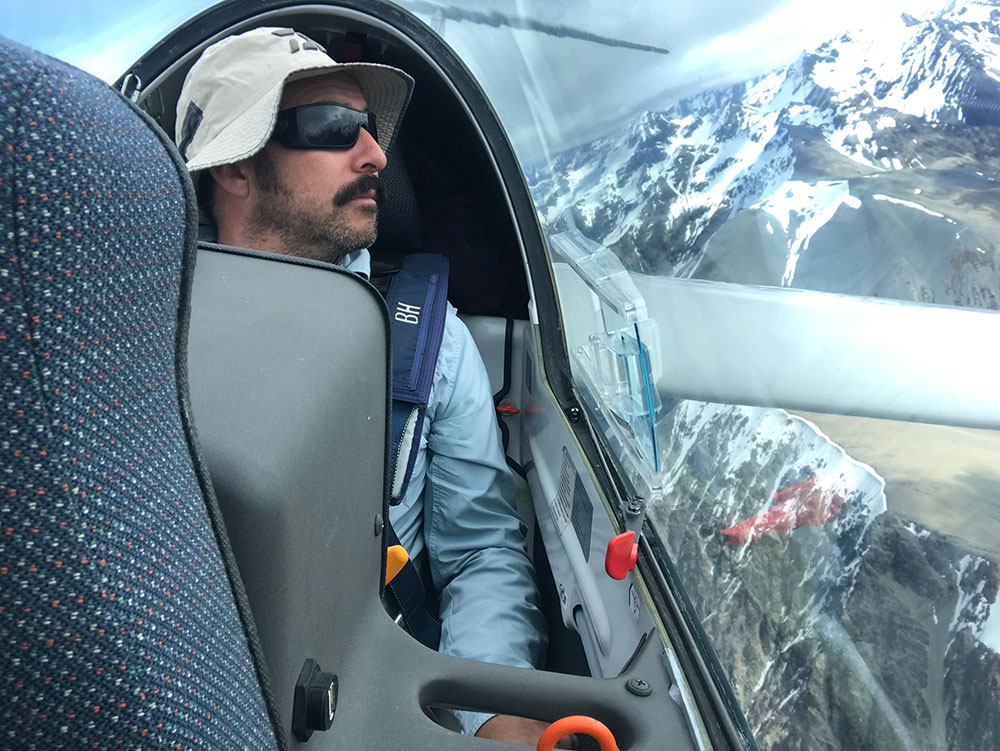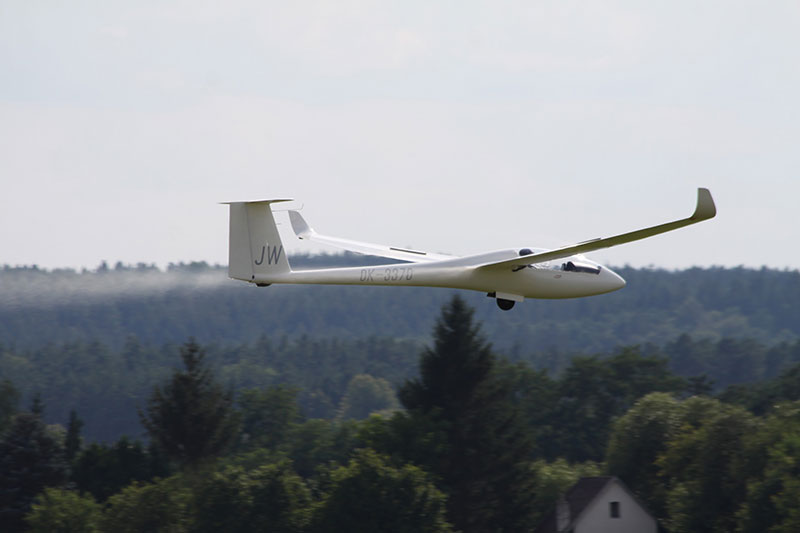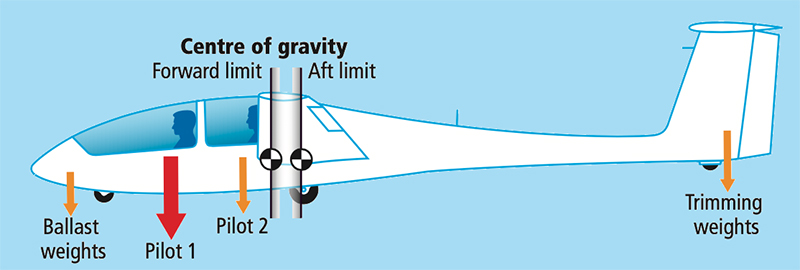
David Villiers
Chair Airworthiness Panel
A Crucial Aspect of Safe Soaring
In aviation, management of weight and balance is fundamental to safe, efficient flight. We are all trained to check the weight and balance of our glider by reference to the placards that are required in each cockpit. But what happens when this system falls down?
This has been illustrated once again recently by an occurrence which could have had catastrophic consequences. A very light pilot, who had just been converted into a club high performance single seat sailplane, experienced control and stability issues during aerotow. Investigations revealed that a large ballast weight had been installed in the fin of the aircraft which few, if any, of the pilots who flew the aircraft knew about.
It was not accounted for in the weight and balance placard in the cockpit, and as a result several pilots had been routinely flying the aircraft with the centre-of-gravity well aft of the aft limit. A number of issues have been highlighted by this occurrence, but the importance of correct weight and balance management at all levels cannot be over emphasised.
Weight and balance are critical to an aircraft’s stability, structural integrity and crashworthiness. In addition, unlike powered aircraft, gliders rely heavily on precise aerodynamic performance, and correct weight and balance make a significant contribution to this.
Understanding Weight and Balance in Gliders
As the term implies, weight and balance consists of two separate, but strongly related factors. A glider's weight is the combined weight of the pilot, equipment, ballast and the glider’s own structure. Balance, on the other hand, refers to how this weight is distributed through the aircraft.
Every aircraft is designed to operate within a given weight range that is defined in the aircraft’s flight manual (AFM). Factors affecting this are legion, but the main ones are structural integrity and certification limits. CS-22, the European design standard for sailplanes with which most of our gliders comply, specifies a maximum weight of 750kg for unpowered sailplanes, and 850kg for powered sailplanes.
The weight limits on an aircraft determine how strong the structure needs to be. The maximum take-off weight, maximum landing weight, maximum weight of non-lifting parts and maximum cockpit load are all driven by structural strength, or crashworthiness. Maximum cockpit load is limited by factors such as the strength of the seat and harnesses and their ability to protect the pilot in the event of a crash or heavy landing. Exceeding any of these limits is always a bad idea!
The limitations on balance, generally expressed as centre-of-gravity (CG) range, affect longitudinal and lateral stability, handling characteristics, stall speed, ability to recover from a spin, and control effectiveness. In fact, ‘stability’ and ‘control’ are two sides of the same coin: a very stable aircraft will not be as responsive to the controls as a less stable aircraft, and a less stable aircraft will be more sensitive to control inputs.
Glider certification standards require that the aircraft be shown to be compliant with its stability and control requirements within a specified CG range. This is always specified in the AFM. Flying a glider with its CG forward of the forward CG limit results in a very stable glider, but one that may lack sufficient elevator effectiveness to round out and hold off during landing.
Flying with the CG aft of the aft limit can result in a less stable glider, both longitudinally and laterally, touchy controls, and an aircraft that is difficult or impossible to recover from a spin. Glider manuals specify acceptable CG limits, and it’s imperative to adhere to these to for every flight.
Getting the CG Right
The limits of weight and CG position for each glider type are set in the aircraft’s AFM. However, the weight and CG position of each individual aircraft is determined by weighing the aircraft and careful calculations to determine the CG of the empty aircraft. These two figures, the Empty Weight (EW) and the Empty Weight CG (EWCG), are the basis of the calculations that appear in the W&B placards. These placards will, at a minimum, state the minimum and maximum pilot weights required to ensure that the CG is in an acceptable position. Many types have provision for removable ballast to be installed in the nose or tail (or both) to widen the acceptable minimum or maximum pilot weights.
In some cases, often in aircraft that have been damaged and repaired, fixed ballast is mounted in the nose of the aircraft. In other cases, to allow a heavier pilot to fly at a more aft CG position, fixed ballast can be mounted in the tail of the aircraft. In both these cases, as long as the ballast is fixed, the W&B placard will have been amended to reflect the installed ballast, and the presence of the fixed ballast will be documented in the aircraft’s logbook. All the pilot has to do is comply with the placard.
However, in some aircraft, where the ballast is not fixed and can be added or removed as necessary, the W&B system can be very complex, and may require additional measures to be taken before take-off to ensure the correct ballast is secured in the correct place. This can include a physical check of all the ballast locations to determine what ballast is installed where. By complying with the placards, a pilot is guaranteed to be operating the glider within its W&B limits.
W&B and Performance
In our unceasing efforts to achieve the best possible performance from our gliders, CG position is a variable that many pilots attempt to optimise. However, incorrect loading may increase a glider’s drag and reduce overall performance despite the opposite being the intention. Even minor miscalculations can affect flight characteristics, especially in competition or cross-country flights where performance margins are tight. It is important to note that the rear-most CG achievable may not be the best option, as other factors can and do affect performance. Again, the AFM often has guidance on performance optimisation.
Water Ballast
As far as weight and balance is concerned, the management of water ballast is driven primarily by weight. Gliders equipped for water ballast are designed so that most water ballast is loaded close to the CG, and if a tail ballast tank is fitted, it is emptied at the same time as the main ballast tanks to ensure that the aircraft CG is not compromised as ballast is dumped.
Conclusion
Weight and balance are critical aspects of glider operation that demand close attention. Ensuring accurate weight and CG calculations, combined with proper management of removable and water ballast, helps maintain safe handling, maximises performance and protects the aircraft’s structural integrity.
Every glider pilot should prioritise these checks as part of their pre-flight routine to enjoy a safe and rewarding flying experience.

